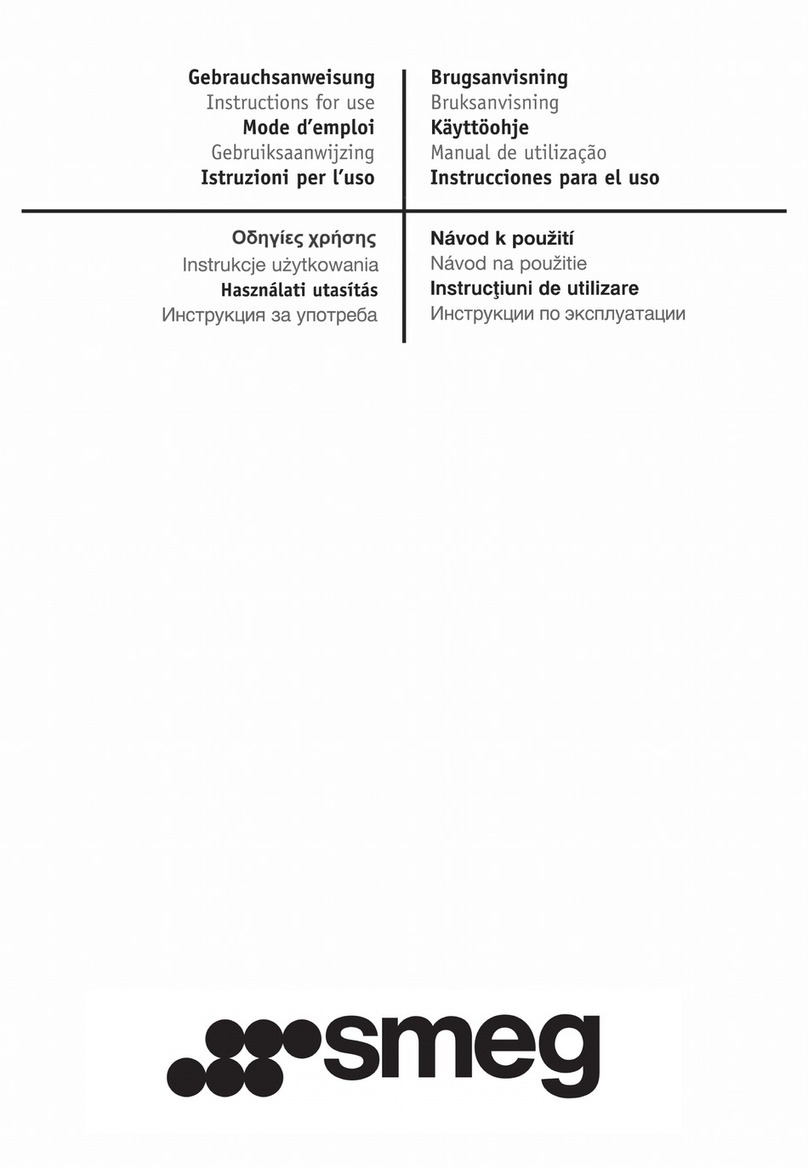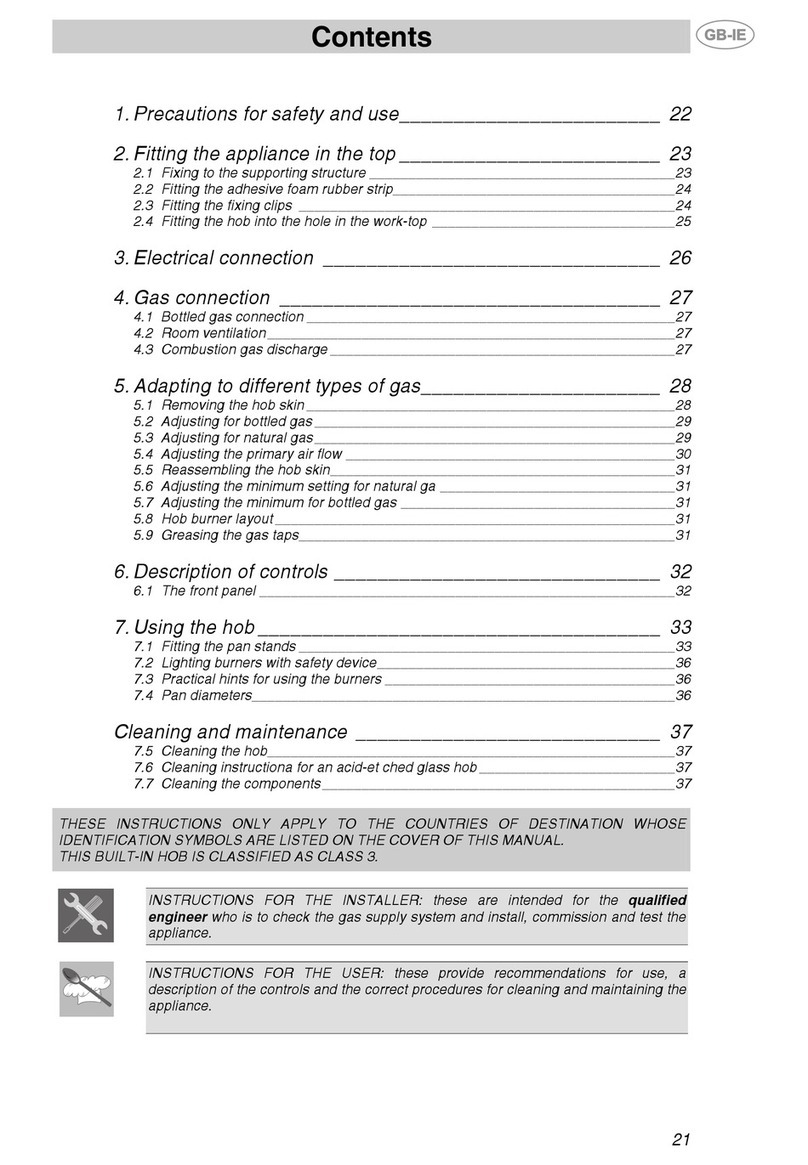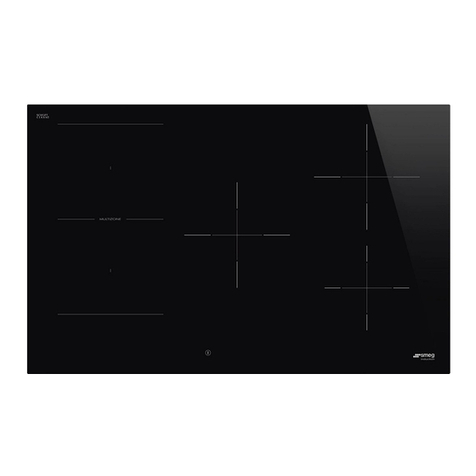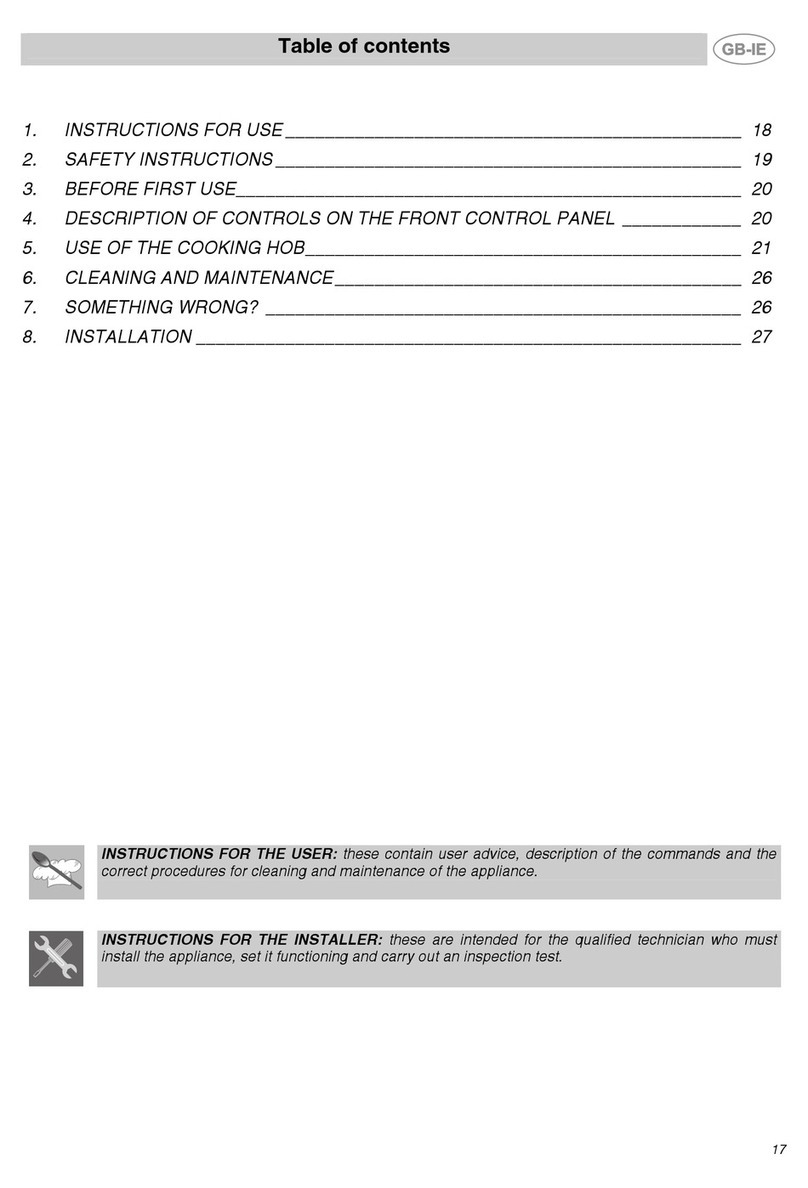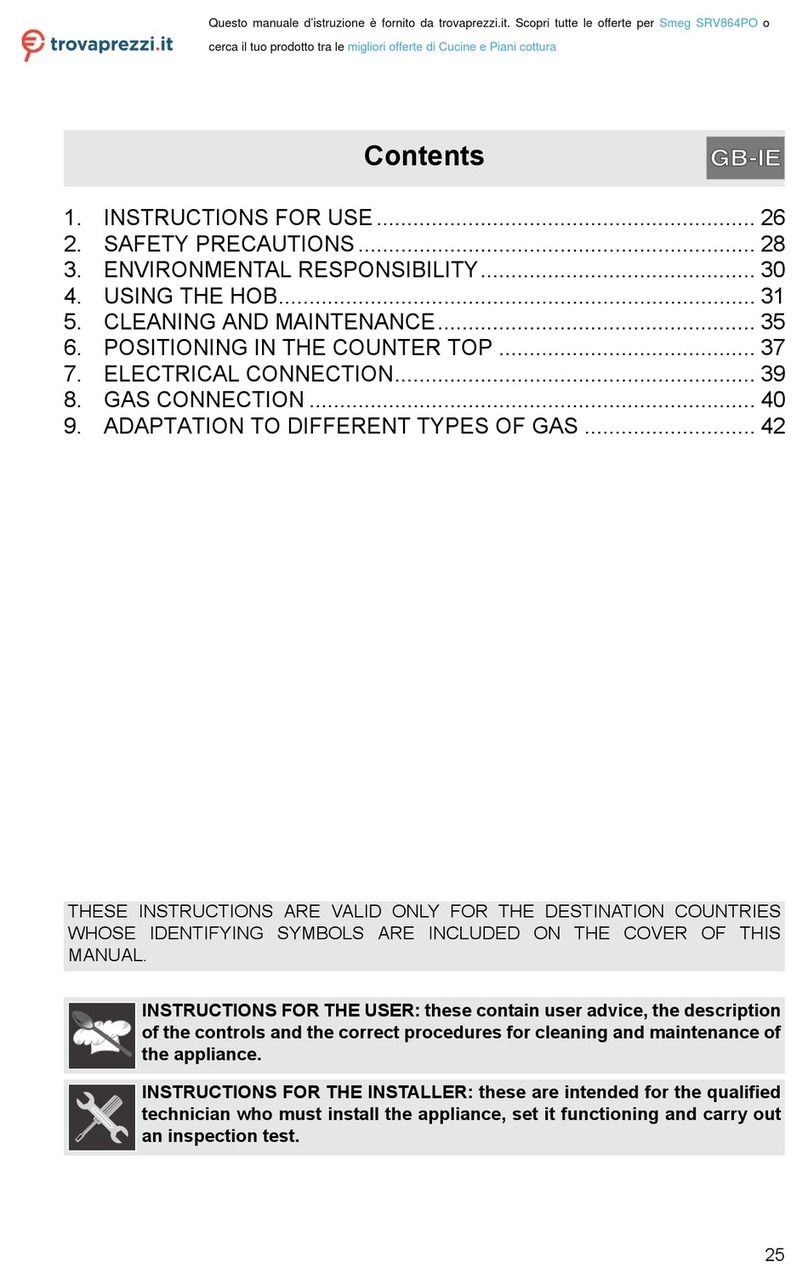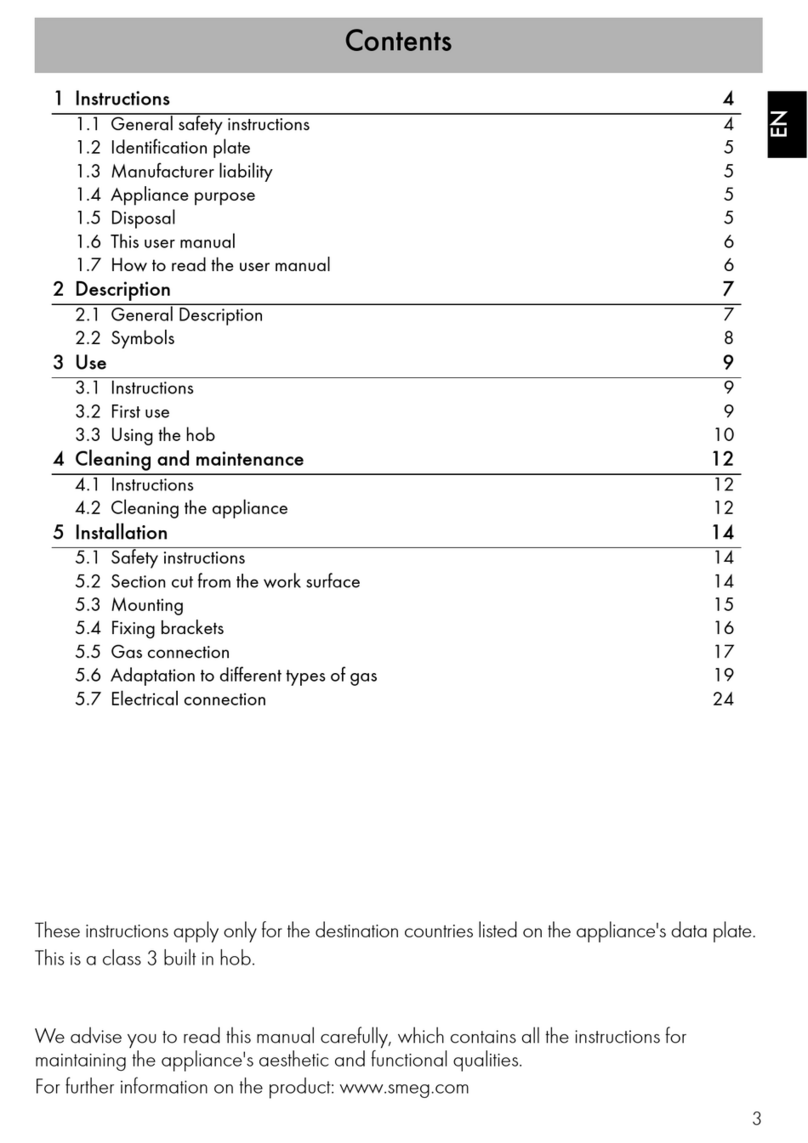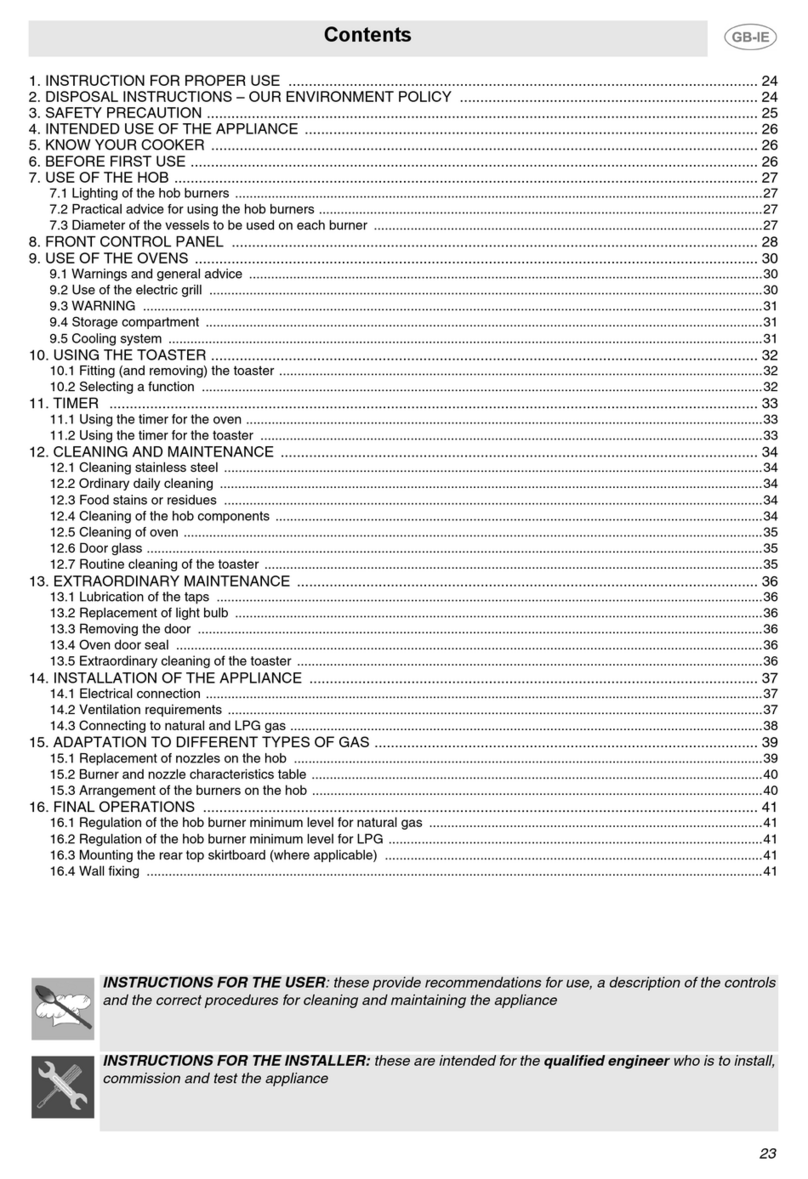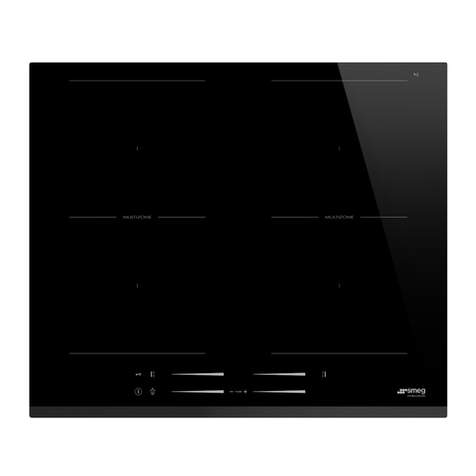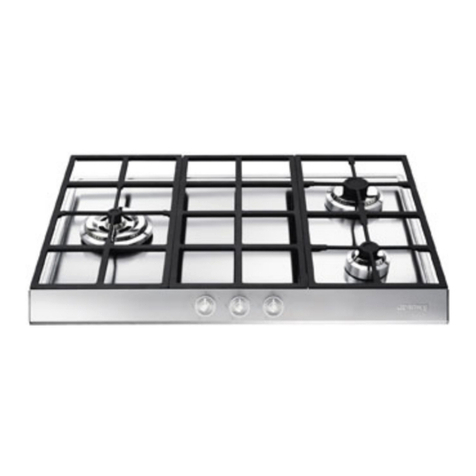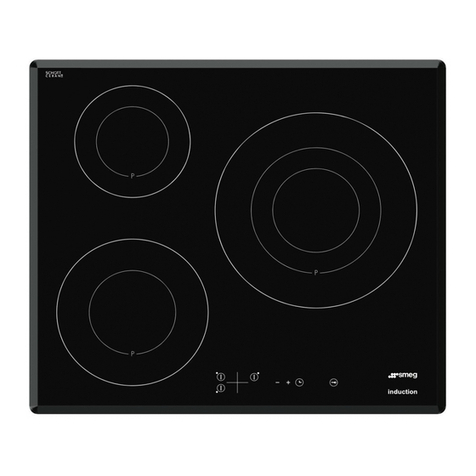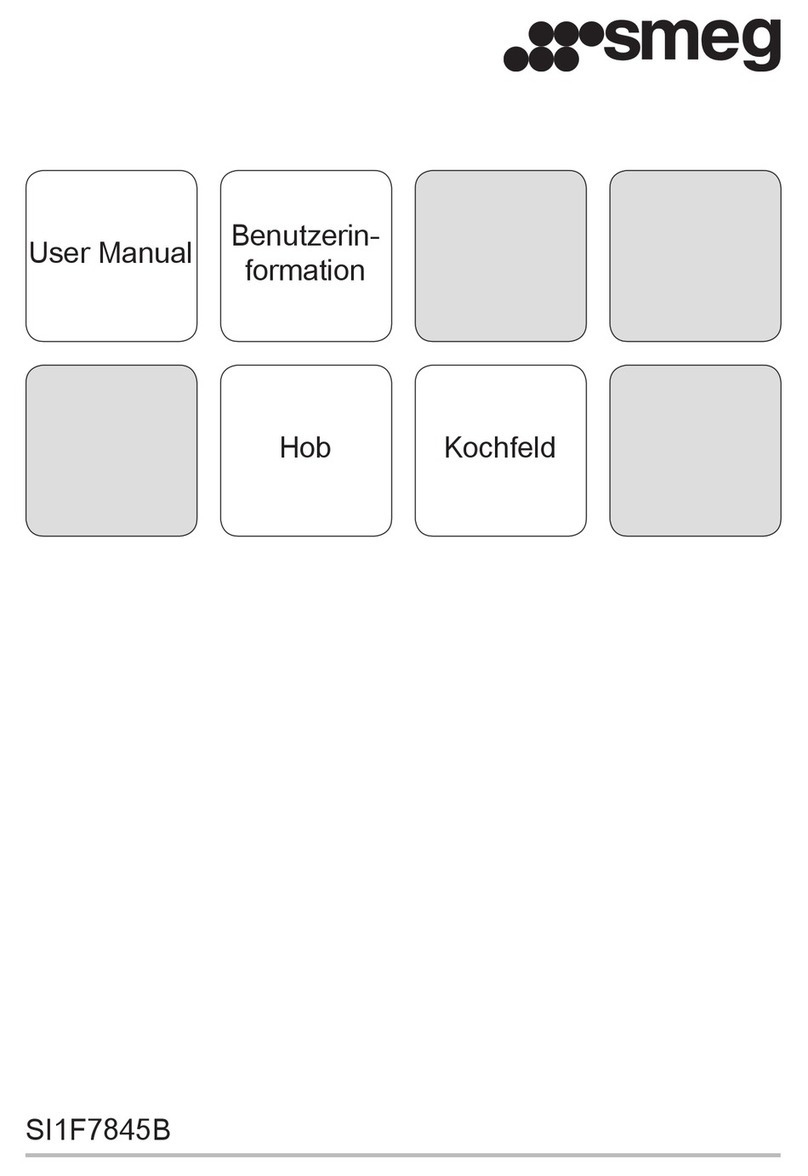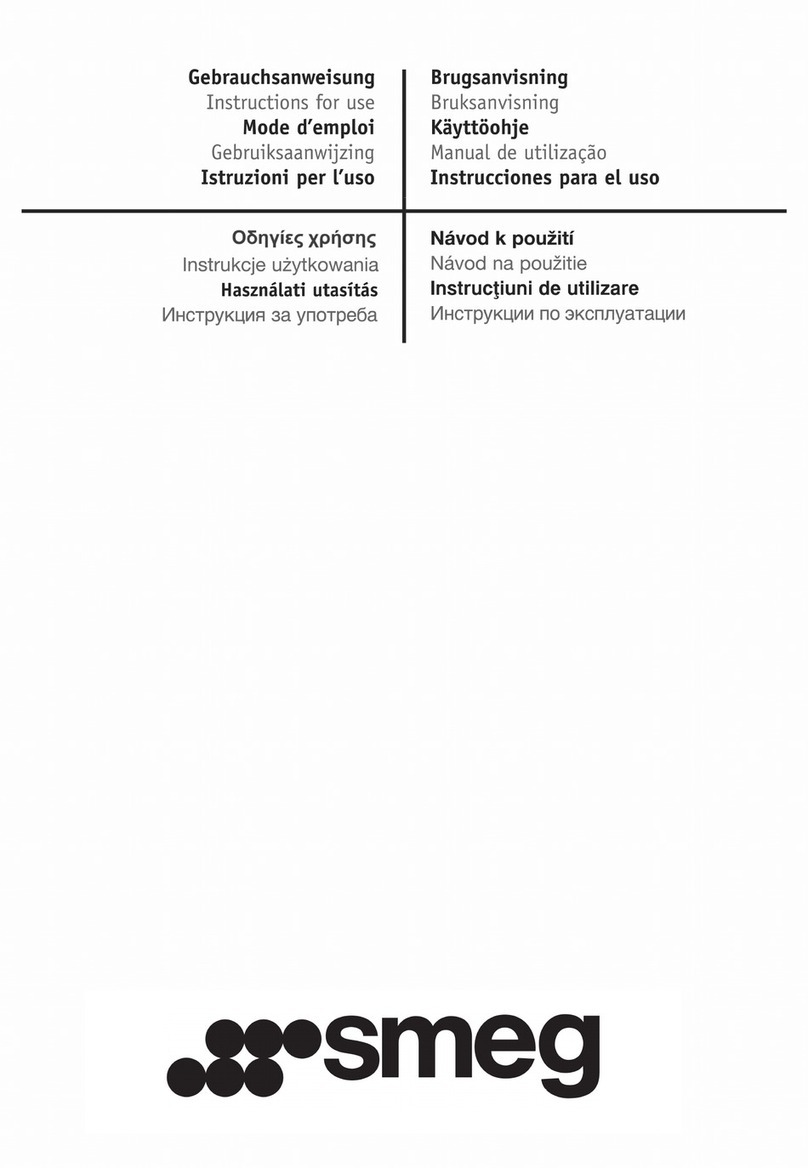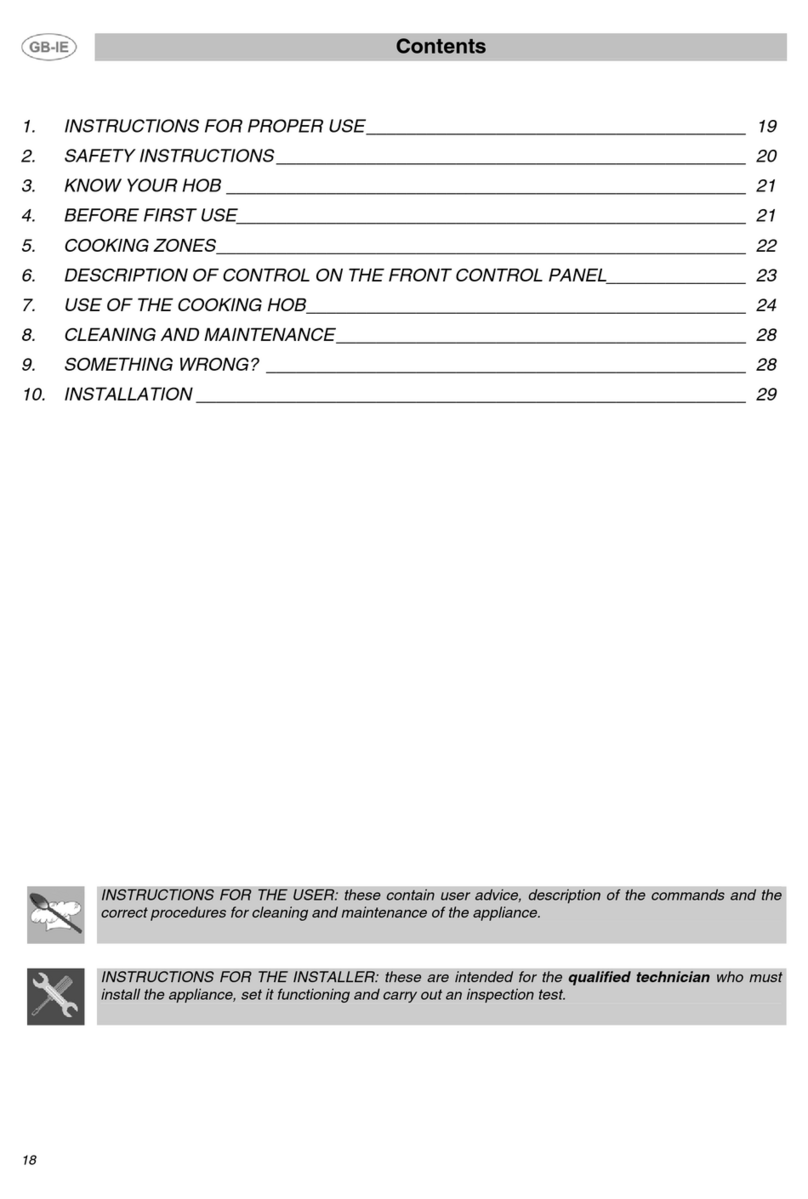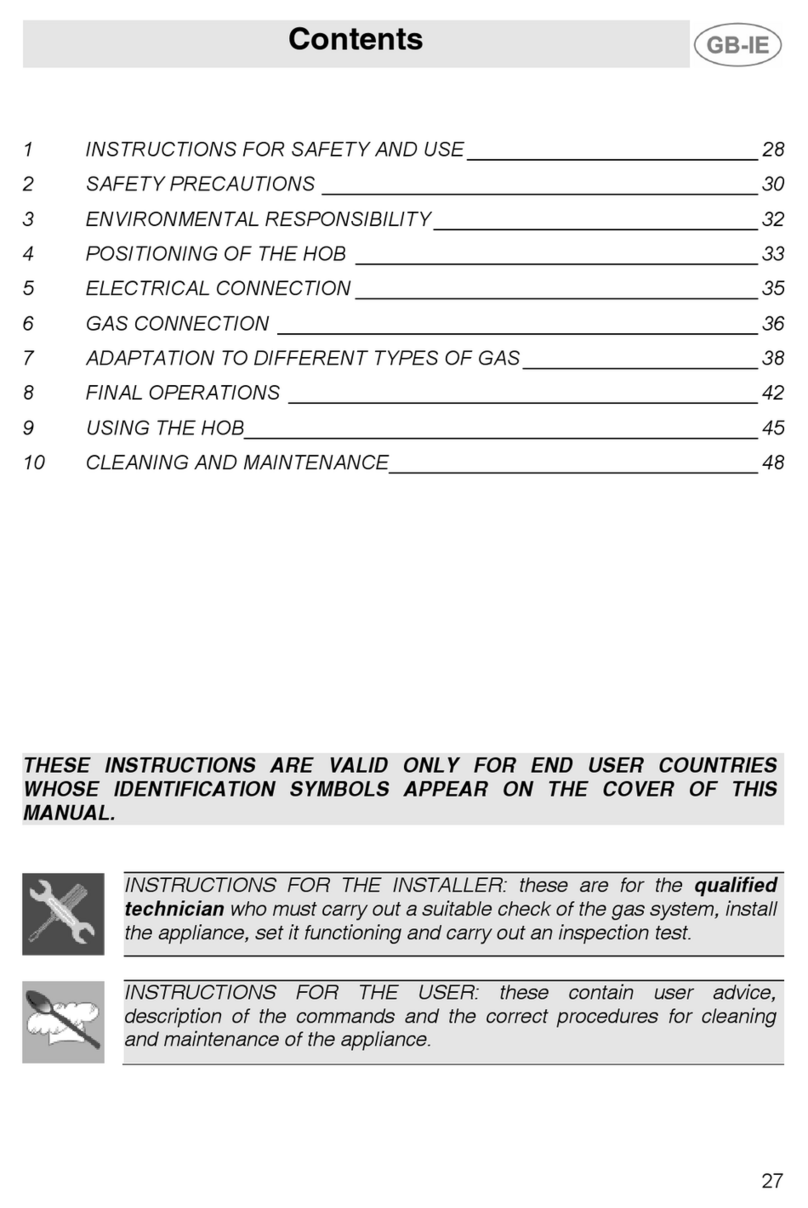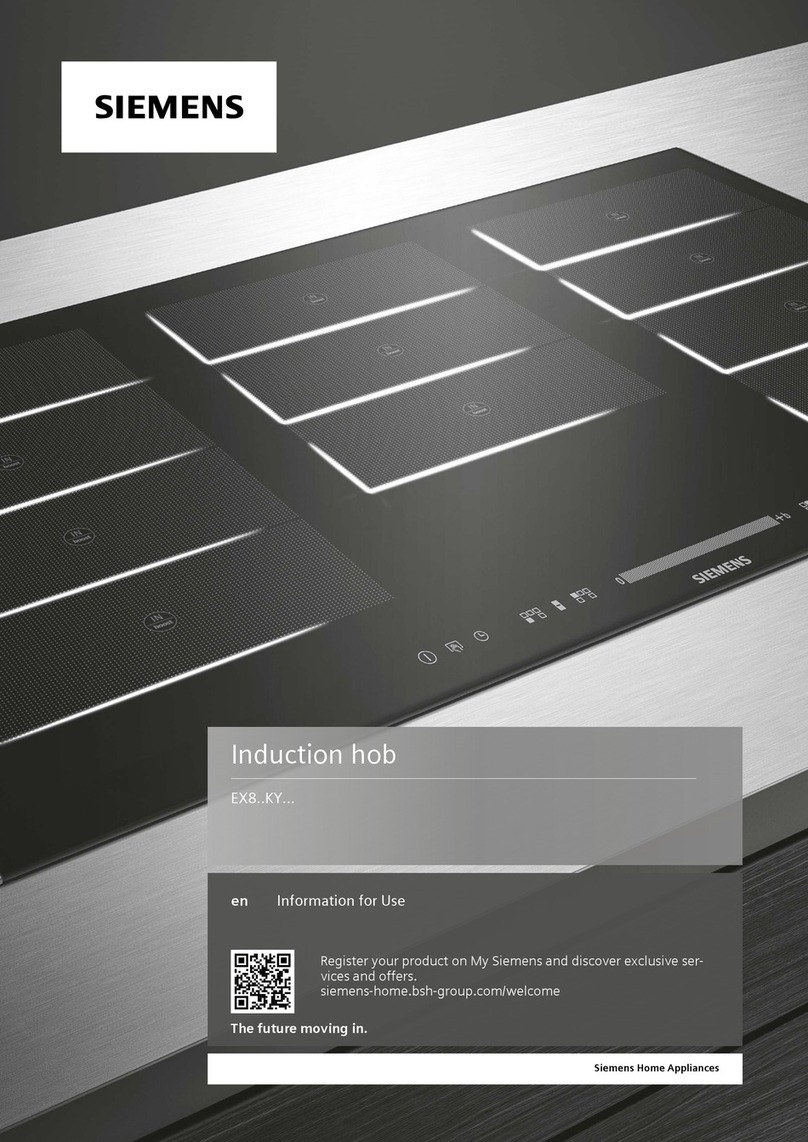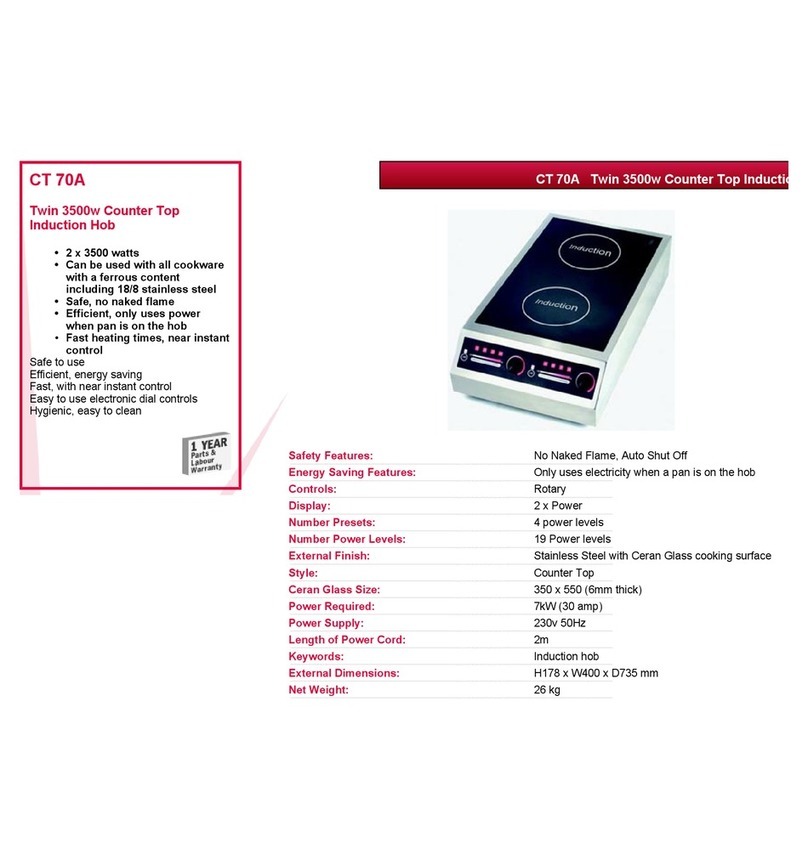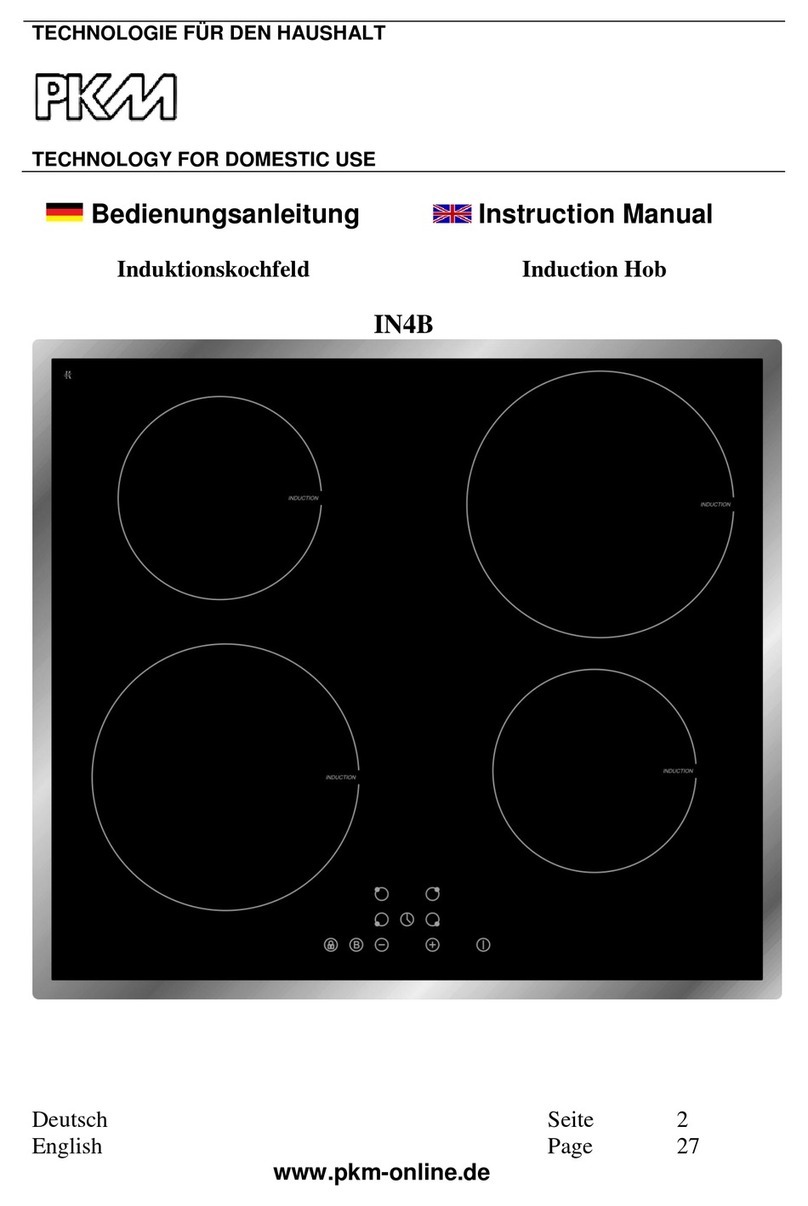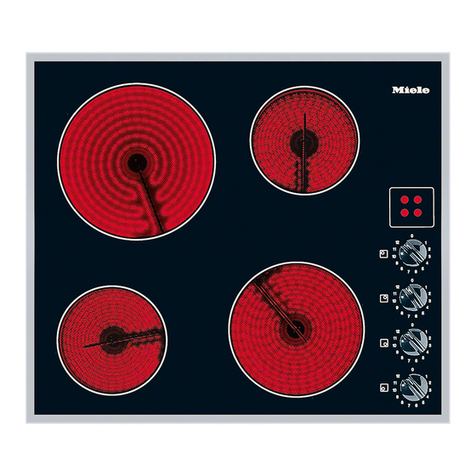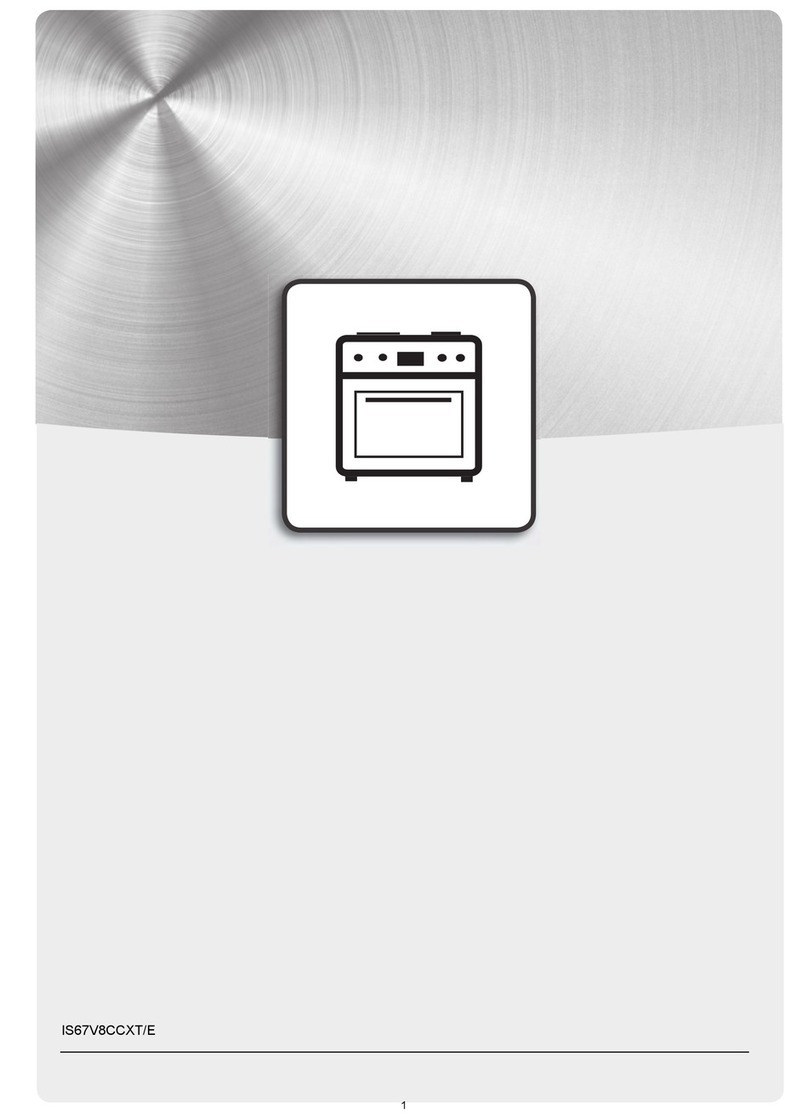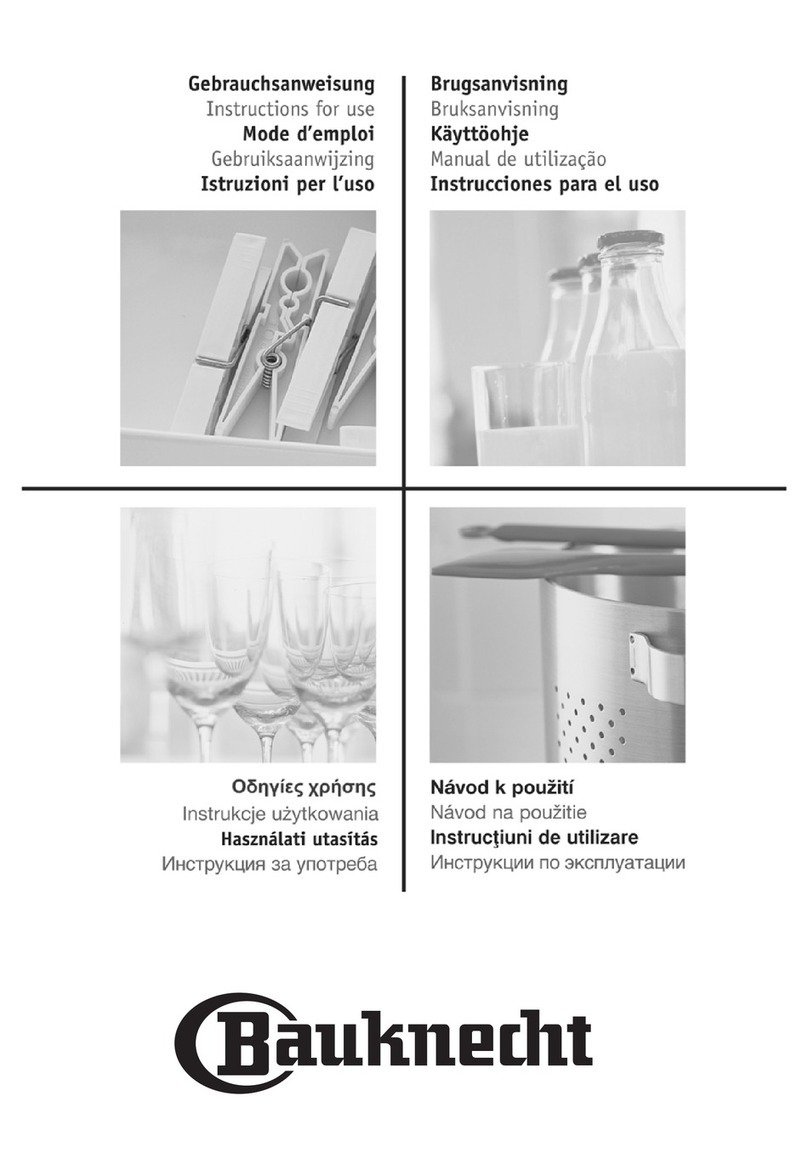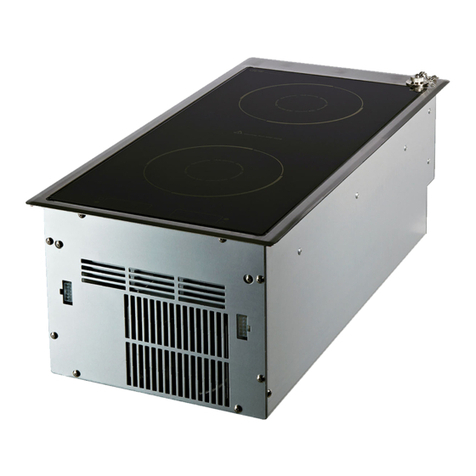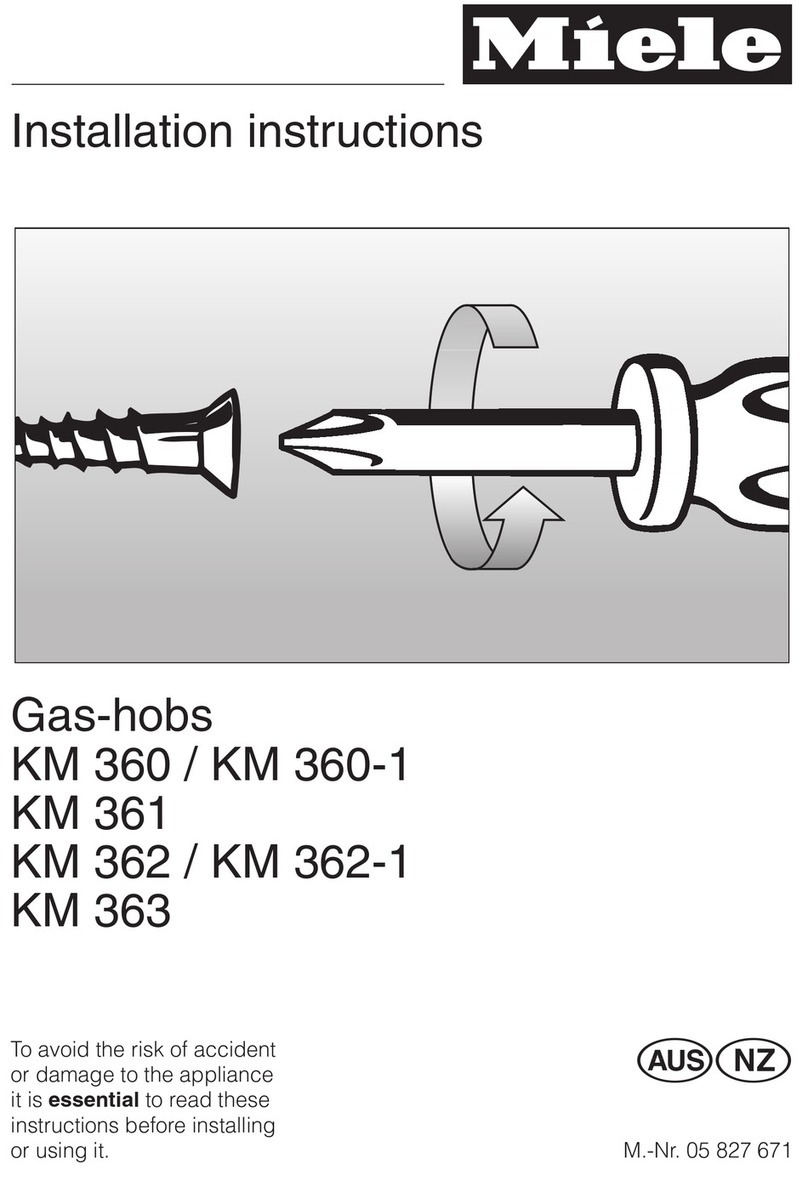Contents
1. INSTRUCTIONS FOR USE ................................................................................................... 26
2. SAFETY PRECAUTIONS ...................................................................................................... 28
3. ENVIRONMENTAL CARE ..................................................................................................... 30
3.1 OUR ENVIRONMENTAL CARE ........................................................................................................ 30
3.2 Your environmental care ............................................................................................................................... 30
4. GET TO KNOW YOUR APPLIANCE ..................................................................................... 31
4.1 Layout of the cooking zones ......................................................................................................................... 31
4.2 Cookware recognition ................................................................................................................................... 31
4.3 Cookware suitable for use in induction cooking ............................................................................................ 32
4.4 Limiting the cooking duration ........................................................................................................................ 32
4.5 Protection from hob overheating ................................................................................................................... 32
4.6 Advice on energy-saving ............................................................................................................................... 33
4.7 Power levels .................................................................................................................................................. 33
5. USING THE COOKING HOB ................................................................................................. 34
5.1 General warnings and advice ....................................................................................................................... 34
5.2 Control panel ................................................................................................................................................. 34
5.3 Switching on and off the hob ......................................................................................................................... 34
5.4 Switching on the cooking zone ..................................................................................................................... 35
5.5 Switching off the cooking zone ..................................................................................................................... 35
5.6 Residual heat ................................................................................................................................................ 35
5.7 Power Function ............................................................................................................................................. 35
5.8 Timer ............................................................................................................................................................. 35
5.9 Cooking zone automatic switch-off timer ...................................................................................................... 36
5.10 Control lock ................................................................................................................................................. 37
5.11 Power management .................................................................................................................................... 37
5.12 Cooking guidelines ...................................................................................................................................... 38
6. CLEANING AND MAINTENANCE ......................................................................................... 39
6.1 Cleaning the glass ceramic hob .................................................................................................................... 39
6.2 Weekly cleaning ............................................................................................................................................ 39
7. TROUBLESHOOTING .......................................................................................................... 40
8. INSTALLATION .................................................................................................................... 41
8.1 Safety instructions for installing in kitchen units ............................................................................................ 41
8.2 Section cut from the work surface ................................................................................................................. 41
8.3 Mounting ....................................................................................................................................................... 43
8.4 Ventilation ..................................................................................................................................................... 44
8.5 Hob seal ........................................................................................................................................................ 44
8.6 Fixing using brackets .................................................................................................................................... 44
8.7 Electrical connection .................................................................................................................................... 45
INSTRUCTIONS FOR THE USER: these contain user advice, the description of the controls and the
correct procedures for cleaning and maintenance of the appliance.
INSTRUCTIONS FOR THE INSTALLER: these are intended for the qualified technician who must install
the appliance, set it functioning and carry out an inspection test.
Further information about the products can be found at www.smeg.com
